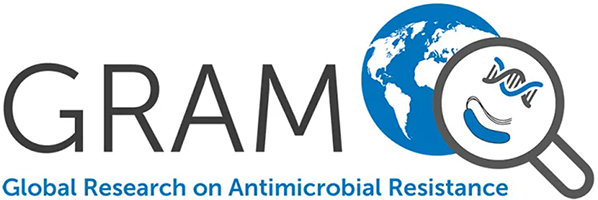A high burden of respiratory syncytial virus associated pneumonia in children less than two years of age in a South East Asian refugee population.
Turner C., Turner P., Cararra V., Eh Lwe N., Watthanaworawit W., Day NP., White NJ., Goldblatt D., Nosten F.
BACKGROUND: Pneumonia is a major cause of childhood mortality and morbidity approximately 1.6 million deaths and 150 million episodes occur annually in children <5 years. Respiratory syncytial virus (RSV) may be responsible for up to 25% of cases and 12% of deaths making it an important potential vaccine target, although data from South East Asia is scarce. METHODS: We followed a birth cohort of Burmese refugee children, born over a one year period, for two years. Pneumonia episodes were diagnosed using WHO criteria. A chest radiograph, nasopharyngeal aspirate and non-specific markers of infection were taken during each episode. RESULTS: The incidence of RSV-associated pneumonia was 0.24 (95% CI 0.22-0.26) episodes per child year. All children with pneumonia received antibiotic treatment, following WHO guidelines. The highest incidence was in the 2-12 month age group. The commonest diagnosis in a child with RSV-associated pneumonia was non-severe pneumonia (239/362:66.0%), however the incidence of RSV-associated severe or very severe pneumonia was 0.08 (95% CI 0.01-0.10) episodes per child year. Birth in the wet season increased the risk of severe disease in children who had their first episode of RSV-associated pneumonia aged 2-11 months (OR 28.7, 95% CI 6.6-125.0, p<0.001). RSV episodes were highly seasonal being responsible for 80.0% of all the pneumonia episodes occurring each October and November over the study period. CONCLUSIONS: There was a high incidence of RSV associated pneumonia in this refugee population. Interventions to prevent RSV infection have the potential to reduce the incidence of clinically diagnosed pneumonia and hence unnecessary antibiotic usage in this population.

